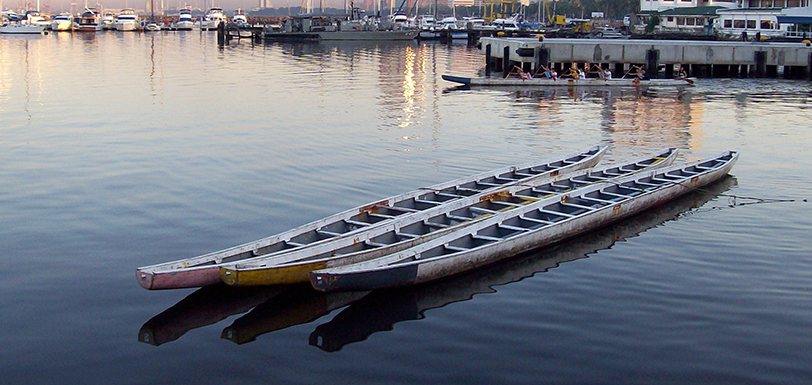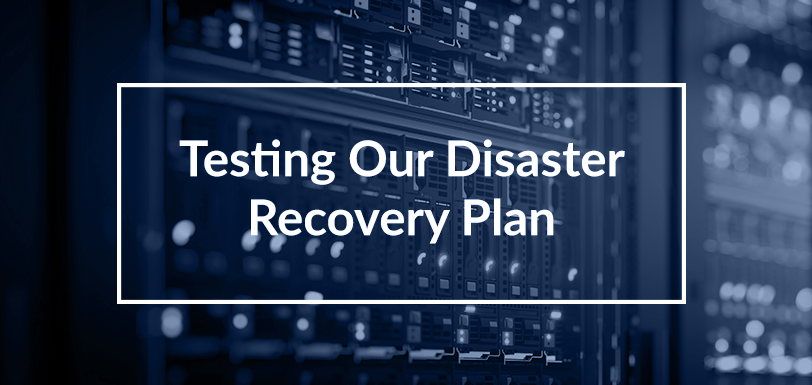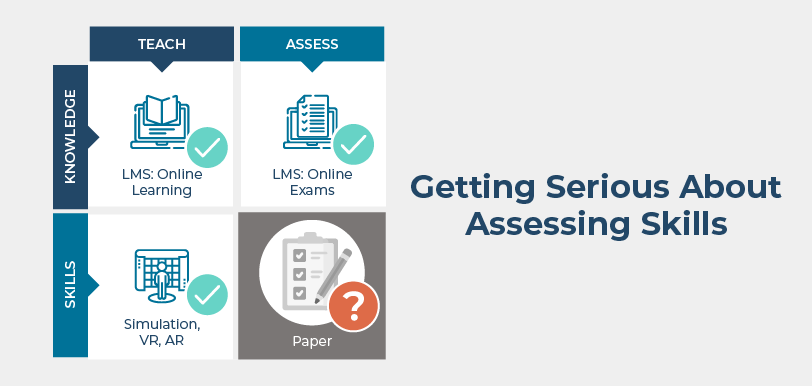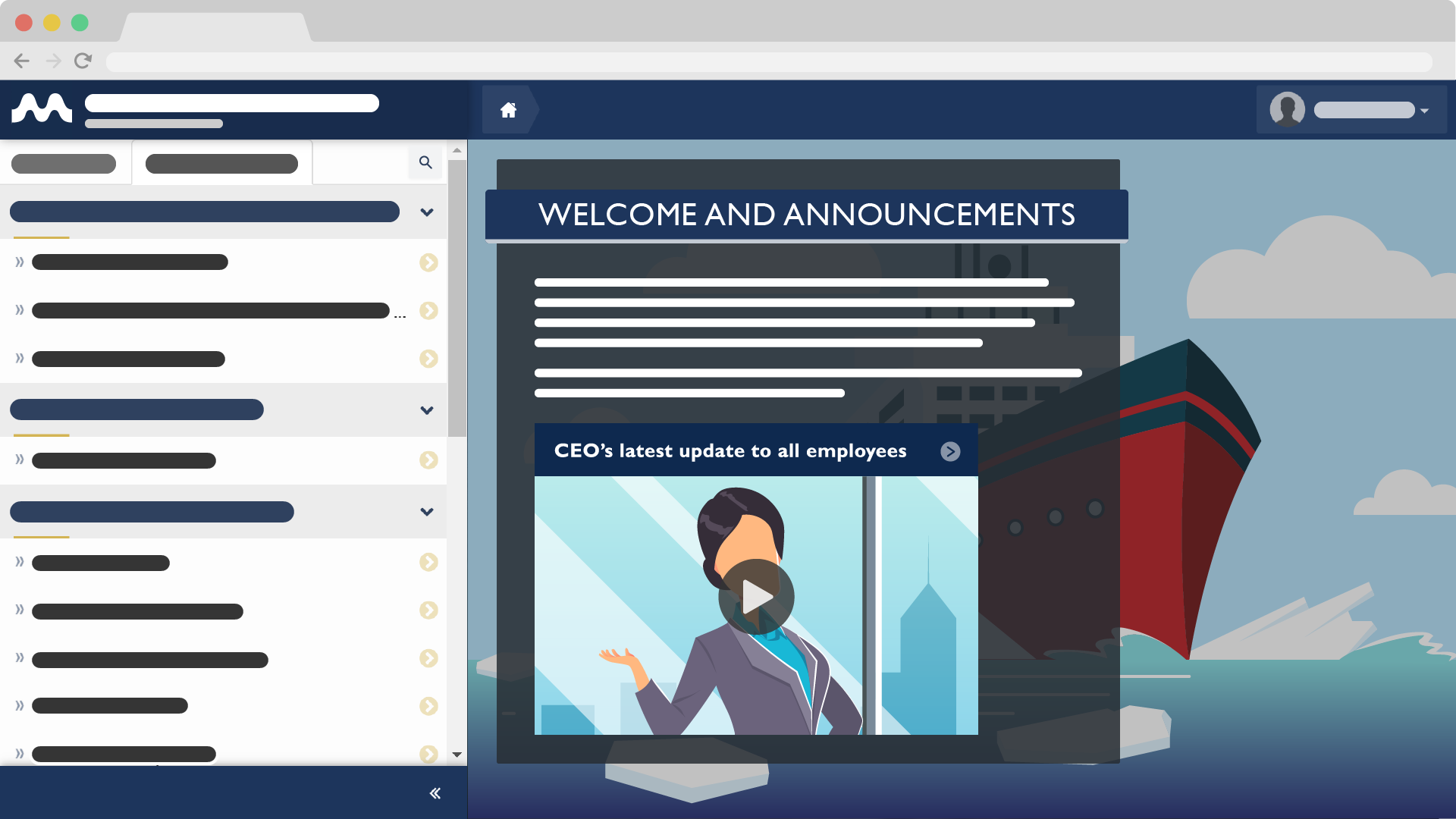Dragon Boating, Safety Culture and Empowering Your Crew
Jun 7, 2018 Peter Frankel 0 maritime safety, Safety CultureIntroduction
There was a recent mass-fatality incident that you likely didn’t hear about; 17 people perished in a dragon boat accident in China last month, when 2 boats capsized in fast-moving water.
As a seasoned dragon boater, I have some perspective of how this may have happened – both from an environmental and cultural standpoint. And while the environment is quite different from that of a maritime vessel operation, I can certainly see some parallels regarding safety culture. Now, by no means do I mean to level an accusation at the industry – every operator focuses on safety above all other concerns – but there are always opportunities for improvement.
Incident background
Here’s a bit more background about this incident. These would have been heavy teak boats, 18 meters long, and carrying 30 paddlers each. When fully loaded, the waterline likely would have been close to the gunnels of the boats. Dragon boats are difficult to steer; and once they start to take on significant amounts of water, they will almost-certainly roll over. As bad as this sounds – it gets worse. During the incident, very few of these paddlers were wearing lifejackets, and most did not know how to swim.
It seems ludicrous that people would climb into a boat under these circumstances. Perhaps the situation didn’t seem unusual to them; they may have paddled under similar conditions before. It’s possible that someone voiced some concern but yielded to pressure from their teammates. Overall, this seems to be the tragic result of a lack of safe practices. In fact, this accident was not just a single, grossly unsafe event. It was the result of a combination of factors, built upon each other within a severely deficient safety culture.
In the words of John Wright*, this accident was the equivalent of rolling double-sixes on two dice and wondering how many times a six and five were rolled previously. How many close calls had there been in the past? How often did the organization learn from these close calls?
Safety culture in the commercial maritime industry
A professional mariner may read this and be thankful that something like this could not happen in their own working environment. Between all the regulations and safety practices governing the industry, such a predictable tragedy could not occur… or could it? Every marine organization puts safety first, but has every mariner internalized their role in that process? Would any and every mariner speak up when faced with a potentially unsafe activity? Would they know what to do if faced with opposition from their crewmates or superiors? How many organizations truly support this form of assertiveness in their culture, where speaking up is a natural behaviour?
Even within the safest organization, empowerment of individual crew members requires continuous support and reinforcement. Ensuring ongoing safe practices requires an operator to be ever-vigilant to ensure that mariners are not becoming complacent. It is easy to assume that everything will continue to work well. It is much harder to keep questioning the integrity of your safety culture.
Leadership in these regards is paramount; starting at the top and permeating through the organization. The organization should be supported by cultures that encourage learning and continuous improvement. When individuals feel empowered and supported, then near misses become training opportunities. Ultimately, it is impossible to attain the safest possible operation; it’s an ongoing journey, not a destination.
Conclusion
Wearing a lifejacket in a dragon boat should be second nature; just like wearing a seatbelt in a car. It should feel wrong to engage in unsafe activities, and people should be empowered and encouraged to raise their concerns.
——–
*John Wright is the founder of WrightWay, an internationally renowned specialist in culture change that has helped organizations to engage and empower their workforce. Wrightway and Marine Learning Systems have a close collaboration, and a common vision to ensuring the safest possible maritime operations.
Follow this Blog!
Receive email notifications whenever a new maritime training article is posted. Enter your email address below:
Interested in Marine Learning Systems?
Contact us here to learn how you can upgrade your training delivery and management process to achieve superior safety and crew performance.






